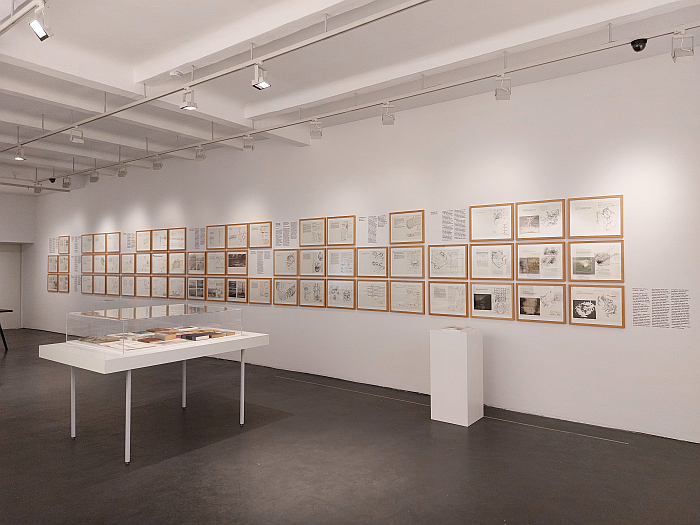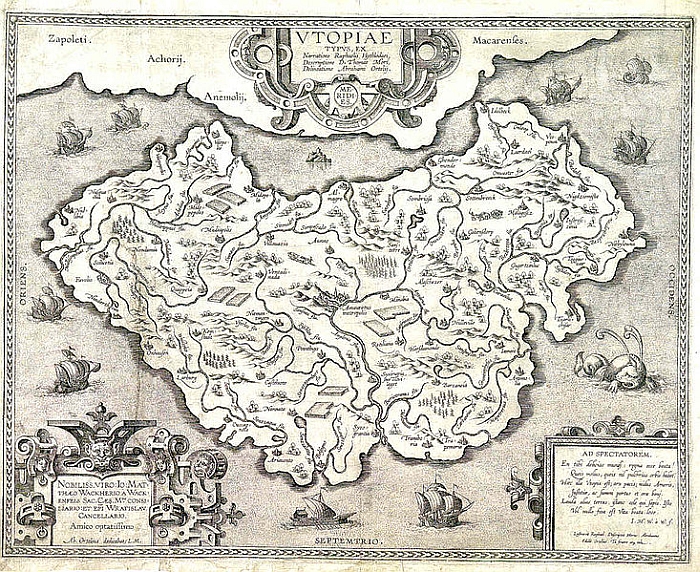The Tube. An Architecture for Conceivable Times at the Werkbundarchiv – Museum der Dinge, Berlin
“If we want to survive, if we want to reach the next level”, postulated the German architect Günther L. Eckert in 1980, “we simply have to risk the impossible. It is too easy to invest only in common logic and to dismiss everything that does not have these specific characteristics, everything that encroaches into the incorruptible dimensions of creative self-consent”.1
Günther L. Eckert’s “impossible”, his distancing from “common logic”, his encroaching “into the incorruptible dimensions of creative self-consent”, was the so-called Kontinuum, Continuum, a 250 metre diameter tube which formed a complete, unbroken, circle around the globe, constituted a Kontinuum around the globe, and in which all humanity was to live.
With the exhibition The Tube. An Architecture for Conceivable Times, the Werkbundarchiv – Museum der Dinge, Berlin, introduce Eckert’s Kontinuum and thereby allow space for reflections on not only architecture and the built environments we create for ourselves, and the whys and wherefores of those environments, but also on the possibilities for the future of both human societies and the natural environment on which we all depend.
And an exhibition on a Kontinuum that is also the last Werkbundarchiv – Museum der Dinge exhibition in their long-time home in Berlin-Kreuzberg, marks the end of their continuance in Berlin-Kreuzberg, before their imminent, involuntary, investor enforced relocation…….
Lost Furniture Design Classics: The Turf Topped Bench
Celebrating the Renaissance era humanist and author Thomas More’s contribution to the history of furniture design. And a work sadly now as lost as his fabled commonwealth….

